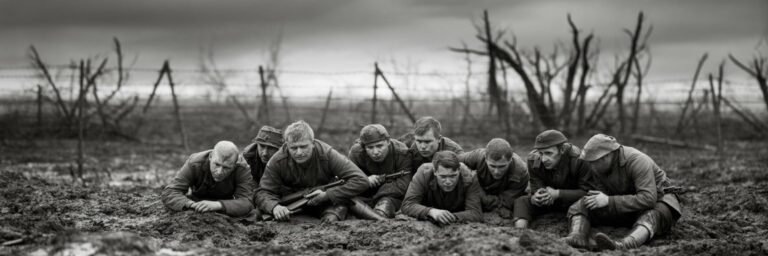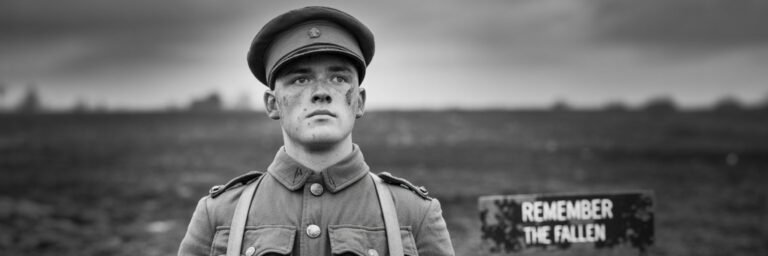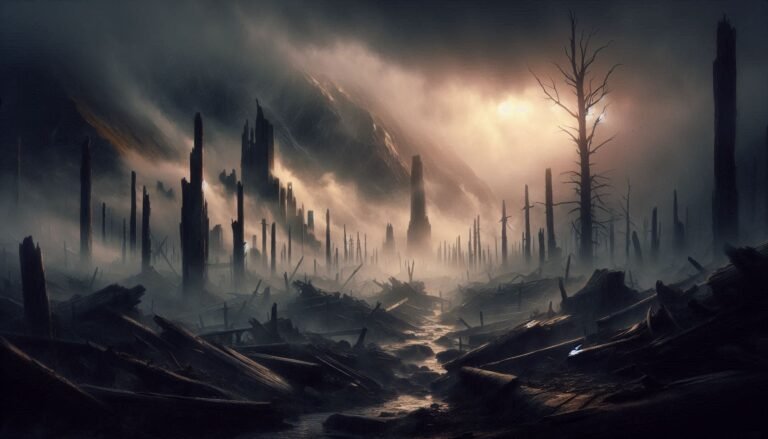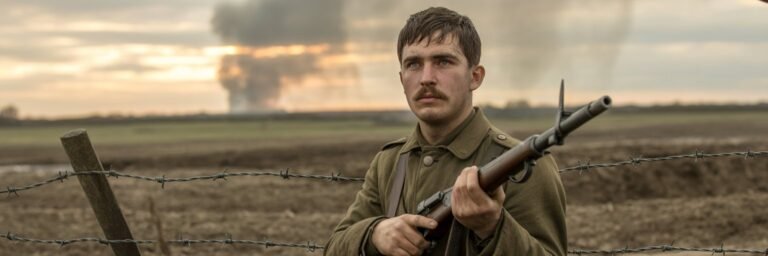INTRODUCTION
World War I, the Great War, the War to End All Wars—these grand monikers, coiled around the cataclysmic conflict of 1914 to 1918, have become synonymous with the conception of modern warfare. However, within the sprawling annals of the war’s history, there exist certain potent secrets, obscure fragments of information, that still continue to elude standard historical exegeses. In this article, we delve into the arcane rumors and enigmas of this monumental conflict, venturing through a morass of theories, interpretations, mysteries, and controversies to unearth the top 10 secrets of World War I.
HISTORICAL BACKGROUND
World War I unfolded on a global stage amidst a volatile political landscape. Entrenched in a convoluted network of alliances and rivalries, nations such as Germany, the Austro-Hungarian Empire, France, Britain, and Russia grappled for imperial and political dominance. The assassination of Archduke Franz Ferdinand by Gavrilo Princip in Sarajevo on June 28, 1914, unleashed a torrent of events that escalated into full-fledged warfare. The conflict underscores a pivotal transformation in warfare, underscored by trench battles, nascent aerial combat, and chemical warfare—a grim toll that claimed an estimated 16 million lives.
THEORIES AND INTERPRETATIONS
The carefully spun narrative regarding the causes and consequences of World War I have often veered into the realm of conjectures and cryptic insinuations. Notably, Fritz Fischer’s contentious ‘German War Guilt’ theory—centered on Germany’s alleged premeditated plan to instigate and monopolize the war—stoked ripples in academia. Conversely, the ‘Sleepwalking Theory’ presumes that the tragically flawed and reactive decisions made by nations led them unwittingly into the deadly conflict, eschewing the idea of premeditated aggression.
Cloaked in the mists of lesser-known theories, Asquith’s abrupt resignation as British Prime Minister in 1916 remains enigmatic. Some suggest it was a result not merely of his inability to manage warfare, but of an elaborate coup by Lloyd George and his consorts. Meanwhile, alternate histories toy with ‘what-ifs’. Would a triumphant Germany, as posited by Niall Ferguson, have manifested a comparatively stable Europe, curtailing the subsequent emergence of Hitler?
MYSTERIES AND CONTROVERSIES
The war era also abounded in a slew of unsolved mysteries and controversies. The hushed ‘Angel of Mons’ incident in 1914—where phantom archers reportedly defended British forces against German onslaught—perpetuates a bizarre conundrum. Was this mass delusion, propagandist fiction, or a bellicose miracle sanctuary?
The eerie disappearance of the German Kreuzer Squadron in the Pacific and the ambivalent loyalty of Mata Hari, the iconic Dutch spy—executed, then posthumously vindicated—nourish the crucible of lingering uncertainties. Moreover, the explosive controversy surrounding the tragically fated Lusitania—whether it secretly ferried weapons alongside civilians, warranting its sinking by a German U-boat—tugs at the tenacious strands of unresolved debates.
SYMBOLISM AND CULTURAL SIGNIFICANCE
Symbols and metaphors that emerged from World War I possess an uncanny cultural resonance. The poppy flower—a Canadian surgeon’s poignant homage to his fallen comrade—blossomed into a solemn emblem of remembrance. The spear of Longinus, allegedly carted off by a German art historian from Vienna, contributed to the mystical narratives of the war and occult fascination within the German high command.
Trench literature, teeming with desperate courage, gritty resilience, and disillusionment, captured the stark reality of the battlefield, from Wilfred Owen’s powerful war poetry to Erich Maria Remarque’s bestseller ‘All Quiet on the Western Front’. The war’s influence extends to the lore of many nations—the gallant Australian and New Zealand Army Corp (ANZACs) at Gallipoli or Indian soldiers’ indomitable spirit on the Western Front infiltrating popular nationalism and collective memory.
MODERN INVESTIGATIONS
Modern research is persistently chipping away at the edifice of these secrets. Recent archaeological excavations at Gallipoli, for instance, have revealed disconcerting evidence of the Ottoman Empire’s underestimated military competence. Progressive decodings of wartime correspondence, leveraging technological advances, have unraveled concealed stories of espionage and political machinations. The muddy waters surrounding the Lusitania’s controversial cargo have been partially clarified through underwater explorations of the wreck.
In another intriguing development, forensic science and genealogical research converged to reveal the final resting place of the ‘Unknown Soldiers’, committed to anonymity across several war memorials. Novel insights and reassessments are thus continually enriching our understanding of this complex historical tapestry.
LEGACY AND CONCLUSION
The indelible legacy of World War I extends beyond the political and geographical transformations it engendered. Its secrets and mysteries continue to intrigue historians, encourage reinterpretations, and auxivate legends and lore. As we peel back the gauzy layers of this conflict, we encounter a ever-expanding panorama, replete with enigmatic figures, daunting challenges, and clandestine strategies, which all contributed to the unfolding drama of World War I.
Through these explorations, the broader objective remains not just to demystify the secrets and symbols festooned around World War I, but to humanize the history, depicting it as an intricate latticework of individual experiences and collective actions. For the secrets of this war—like the war itself— are not relics of a bygone era. They are living, breathing entities, continually reshaped by retellings, transcending the boundaries of time, persisting as resonating, thought-provoking examples of our shared global heritage.






